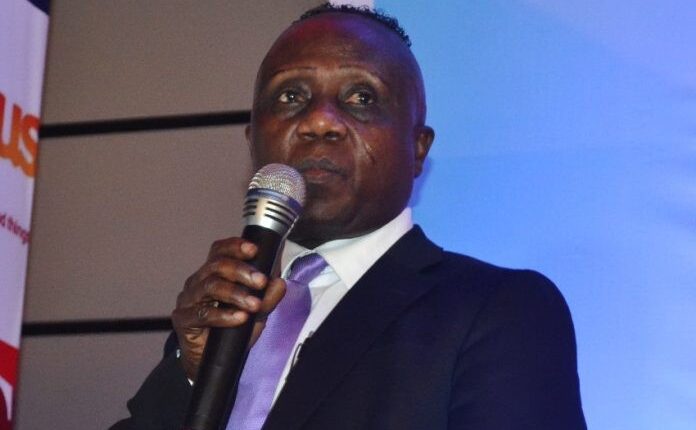The Institute of Economic Affairs (IEA) has criticized economic managers for their handling of the cedi’s decline.
In a statement, IEA pointed out that policymakers have consistently neglected to implement necessary measures to strengthen the cedi. Instead, they have tended to react only when the situation escalates, resorting to short-term and unsustainable solutions.
“The question being asked by most people is: what is the solution to the evolving cedi crisis and how do we prevent similar future episodes? To lay economists, the solution may seem monumental—or that is what our economic managers would want us to believe. However, some of us who are lucky to be more tutored in the subject, do not see the solution to be rocket science.
“The problem is that our policymakers have consistently failed to take the requisite measures to buttress the cedi. Almost invariably, they wait till the situation begins to get out of control before they adopt firefighting, albeit unsustainable, measures” part of the statement reads.
The IEA highlighted a concerning trend where reliance on funding from international bodies like the IMF seems to be the primary strategy for stabilizing the cedi.
According to the IEA, this approach is unsustainable, drawing from historical patterns that show previous IMF interventions, totaling seventeen times, failed to bring lasting stability to the cedi.
Responding to public concern, the IEA outlined practical measures, aiming to establish lasting stability for the cedi.
Measures
According to the IEA, addressing the persistent depreciation of the currency requires policies targeting the fundamental factors influencing foreign exchange demand and supply.
The measures, it added, must also have timelines, which “we have conveniently categorized into the fire-fighting, short-term, medium-term and long-term phases.”
Debt Restructuring
The IEA proposed an initial step for the government to promptly initiate discussions with both the IMF and external creditors to swiftly negotiate an agreement on restructuring external debt.
The IEA suggested that such an agreement could prompt the IMF to disburse the third installment of $300 million as part of the Economic Credit Facility program.
This disbursement would, in turn, trigger the release of funds from other key development partners like the World Bank, African Development Bank, and bilateral creditors.
These additional funds would bolster the reserves of the Bank of Ghana (BoG), enabling it to inject greater liquidity into the foreign exchange (FX) market. Also, this infusion of liquidity would mitigate the current atmosphere of panic and speculation.
Enforcement
The second recommendation the IEA gave is for BoG to step up the enforcement of FX market regulations.
“The regulations include: FX carry-on limits for travelers; supportive documentation for FX purchases and outward transfers; non-pricing of goods and services in FX; non-payment of FX to Ghanaians for their services; and trading in FX.
“Enforcing these regulations would generally limit FX demand. We would, however, caution BoG to proceed cautiously and, in particular, operate secretly so as to not give a sense of desperation on its part as this could lead to increased speculative demand for FX, while also driving FX activities underground.”
Crackdown
Another proposed measure involves leveraging the Economic Intelligence Unit of the Bank of Ghana, in collaboration with security agencies, to closely monitor illegal FX transfers across various channels such as banks and forex bureaux, along with addressing money laundering activities.
The emphasis is placed on identifying and curtailing these unlawful FX transactions, which, according to the IEA, would effectively curb the demand for foreign exchange.


Comments are closed.